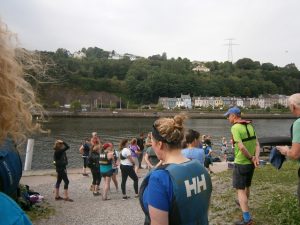
Currently, it is Advent in the Christian liturgical calendar. Advent is the time during which Christians engage in spiritual preparation for Christmas. It is to Christmas what Lent is to Easter: A time for reflection, prayer and meditation on the coming feast. Advent calendars were meant to help in that preparation. Every day, you would open a window revealing another symbol from the Nativity story — an angel, or a star, or a shepherd — until finally the whole Nativity scene appeared on Christmas Day. There were no sweets or treats in the calendar. It wasn’t about that. It was about, as Christians often say, “the reason for the season”; it was about Jesus.
In Ireland and probably elsewhere, Christmas is no longer a Christian holiday for many people. It no longer has much, if anything, to do with Jesus. It is a cultural celebration of family, light and generosity at the darkest, coldest time of the year. Its central icon, if it has one, is Santa Claus, not Jesus. We count sleeps til Santa, not days til Jesus. (Side issue: Why is measuring time in ‘sleeps’ associated with little kids, when they’re the demographic by far most likely to sleep more than once in each 24-hour period? I don’t have kids, I don’t know. Do they wake up after a nap thinking, “Right, that’s another sleep out of the way. That’s three more to go. Bring on the Hatchimals, Beardo!”)
You might think think the decline in Christianity would lead to a decline in Advent calendars, but you would be wrong. People still buy Advent calendars, or, rather, they buy things that are referred to as Advent calendars, but have nothing to do with Advent. These new, pseudo-Advent calendars have sweets or chocolates behind each door. They’re mostly aimed at the human market, though I did find one for horses on Amazon too. It’s not just sweets though. You can get a protein bar one from My Protein and my local off-license was selling a craft beer one. Most of these calendars start on December 1st. This annoys the pedant in me, because Advent doesn’t necessarily start on the 1st of December. It starts (at least in the Catholic church, the one with which I am familiar) on the fourth Sunday before Christmas Day. Hence the four candles on the Advent wreath — one more candle is lit each Sunday in Advent. Sometimes the first day of Advent might happen to be the 1st of December, but it can be at the end of November or any of the first three days in December. So my first objection to these pseudo-Advent calendars is just nitpickery.
I do have a more substantive objection though. I honestly do not care what religion anyone practices, but I do care about the overall well-being of the society of which I am part, and, to me, using the concept of Advent to sell sweets and alcohol does not seem like a hallmark of a healthy culture. In fact, it seems like a symptom of a society that is utterly lost in the endless insanity of consumer capitalism. Every spiritual tradition I’m aware of balances self-indulgence with self-denial, giving its adherents space for both celebration and reflection. No sane person wishes it could be Christmas every day. That would be bad for our health and tedious beyond belief. Nor does any sane person want every day to be a day of fasting and self-denial — that’s not good for anybody either. We all need balance. But big business doesn’t care what we need, only what it can convince us to buy. So we get ‘Advent calendars’ that, so very far from turning our minds to the meaning of Christmas, just prolong the over-indulgence.
I’m not trying to Scrooge anybody’s buzz here. I just think we should stay alert to the power of capitalism to lull us into tipsy, sugar-induced compliance with a culture and lifestyle that is unfulfilling even to those of us privileged enough to enjoy its ‘comforts’ and hideously unjust to everyone else. If you’re celebrating Christmas, I wish you a truly happy one — not just a merry one. Meanwhile, as we near the end of Advent, I’ll give the last word to Patrick Kavanagh:
Advent
We have tested and tasted too much, lover-
Through a chink too wide there comes in no wonder.
But here in the Advent-darkened room
Where the dry black bread and the sugarless tea
Of penance will charm back the luxury
Of a child’s soul, we’ll return to Doom
The knowledge we stole but could not use.
And the newness that was in every stale thing
When we looked at it as children: the spirit-shocking
Wonder in a black slanting Ulster hill
Or the prophetic astonishment in the tedious talking
Of an old fool will awake for us and bring
You and me to the yard gate to watch the whins
And the bog-holes, cart-tracks, old stables where Time begins.
O after Christmas we’ll have no need to go searching
For the difference that sets an old phrase burning-
We’ll hear it in the whispered argument of a churning
Or in the streets where the village boys are lurching.
And we’ll hear it among decent men too
Who barrow dung in gardens under trees,
Wherever life pours ordinary plenty.
Won’t we be rich, my love and I, and
God we shall not ask for reason’s payment,
The why of heart-breaking strangeness in dreeping hedges
Nor analyse God’s breath in common statement.
We have thrown into the dust-bin the clay-minted wages
Of pleasure, knowledge and the conscious hour-
And Christ comes with a January flower.
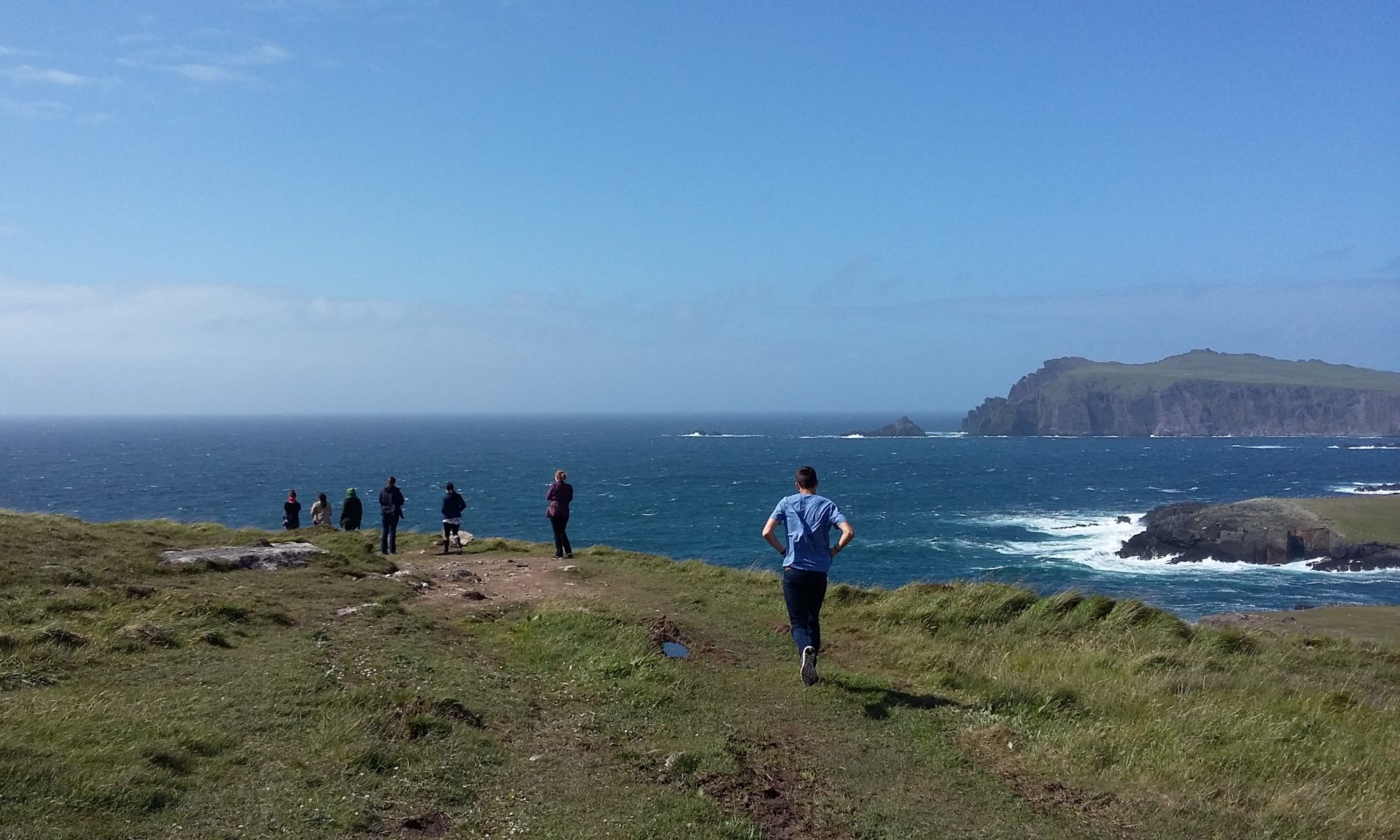
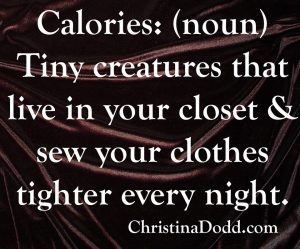


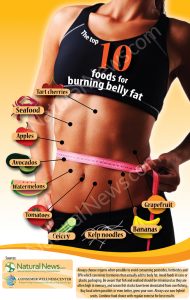
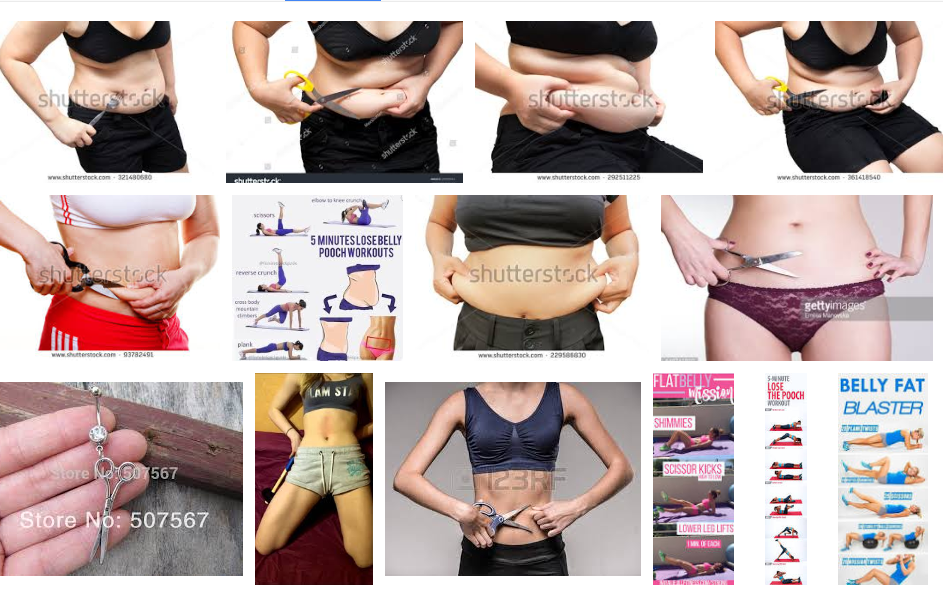
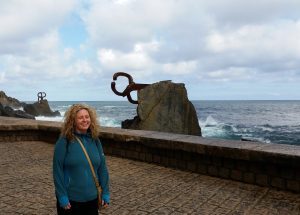
 I ran the Evening Echo Women’s Mini Marathon today. I say ‘ran’ it, but it was actually barely a jog and it took me about an hour. That said, I’m pretty happy with myself. Having missed quite a few practice runs during the last few months, I thought I might just have to walk some or all of it. In the end though, I managed to keep it at a light jog for the full 4 miles.
I ran the Evening Echo Women’s Mini Marathon today. I say ‘ran’ it, but it was actually barely a jog and it took me about an hour. That said, I’m pretty happy with myself. Having missed quite a few practice runs during the last few months, I thought I might just have to walk some or all of it. In the end though, I managed to keep it at a light jog for the full 4 miles.